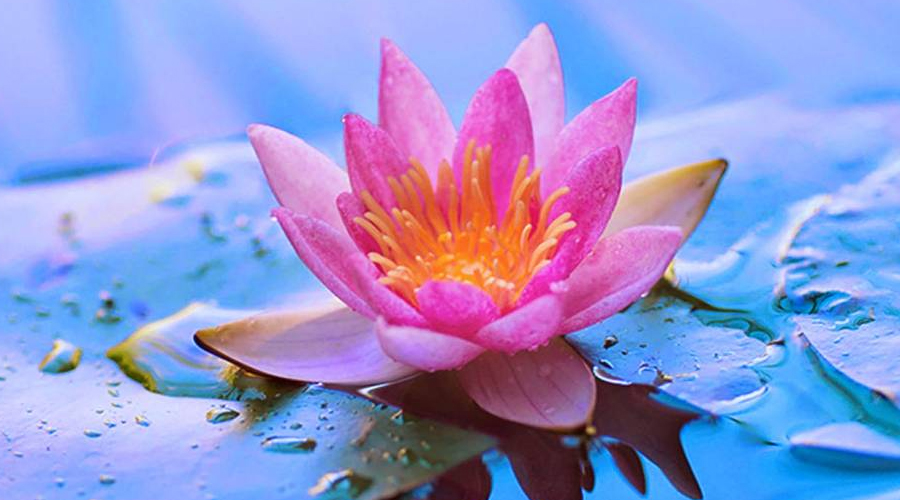The National Flower of India
Lotus
The national flower of India is Lotus.
It is a water plant that have a holy status among the Indian culture.
The national flower, lotus symbolises
Purity of heart and mind
Spirituality
Fruitfulness
Wealth
About National Flower:
| Name | Indian Lotus, Kamal, Padma, Sacred Lotus |
|---|---|
| Scientific Name | Nelumbo nucifera |
| Adopted In | 1950 |
| Found In | Native to South Eastern Asian countries; cultivated in Australia, Europe, Japan and America. |
| Habitat | Stationary water bodies like ponds, lakes and artificial pools. |
| Average Dimensions | 1.5 cm long; horizontal spread of 3 m |
| Average Diameter | Leaves – 0.6 m; flowers – 0.2 m |
| Average Number of Petals | 30 |
Colour Meanings:
| Colour | Meaning |
|---|---|
  |
Represents Buddha, his history and his legend. |
  |
Represents purity of thought and of spirit. |
  |
Represents the gaining of illumination. |
Habitat:
- The National Flower ‘Lotus’ or water lily is a water plant with wide floating leaves and sweet-smelling flowers that grow only in shallow waters.
- The leaves and flowers of the Lotus float and have long stems that contain air spaces in them.
- The lotus flowers have many petals overlapping in a proportional pattern.
- The root functions of lotus are carried out by rhizomes(roots) that broaden horizontally through the mud below the water.
- Lotuses are cherished for their calm beauty.
- The most important thing about lotus is that even after growing in murky water it is untouched by its impurity.
Cultivation Method:
- Lotus is cultivated for the food value of the stems and roots as well as for the artistic value of the flowers.
- The plants are mostly spread through seeds initially.
- The seeds are placed in humid soil and should be exposed to sunlight for at least 6 hours each day initially.
- Temperature of around 25-30°C should be maintained.
Cultural Importance:
Swami Vivekananda impressed upon the significance of lotus leaves as a symbol of spiritual detachment by saying, “Just as water cannot wet the lotus leaf, so work cannot bind the unselfish man by giving rise to attachment to results.”
It is considered holy in both Hinduism and Buddhism.
Many Hindu goddesses like Brahma, Lakshmi and Saraswathi are shown to be seated on a lotus flower.
The lotus flower is a symbol of divine beauty.
Uses:
- Lotus’s seeds are medicinal and are used in the treatment of heart ailments and kidney.
- It also has cleansing properties and helps stop blood flow in injuries.
- The lotus leaves are used to wrapping other food items and it helps to preserve their freshness.
- The petals are often used for ornamental purposes like garnishing.
- Its seeds called Phool Makhana are used in the Indian cooking.
Interesting facts:
- Apart from India, Lotus is also the national flower of Vietnam.
- In Egypt the Lotus Flowers are considered to be auspicious because they are regarded as the symbol of Sun God.
- The seeds, leaves and tubers of the Lotus Flower are eatable.
- Lotus seeds are also used as remedies in mushroom poisoning.







